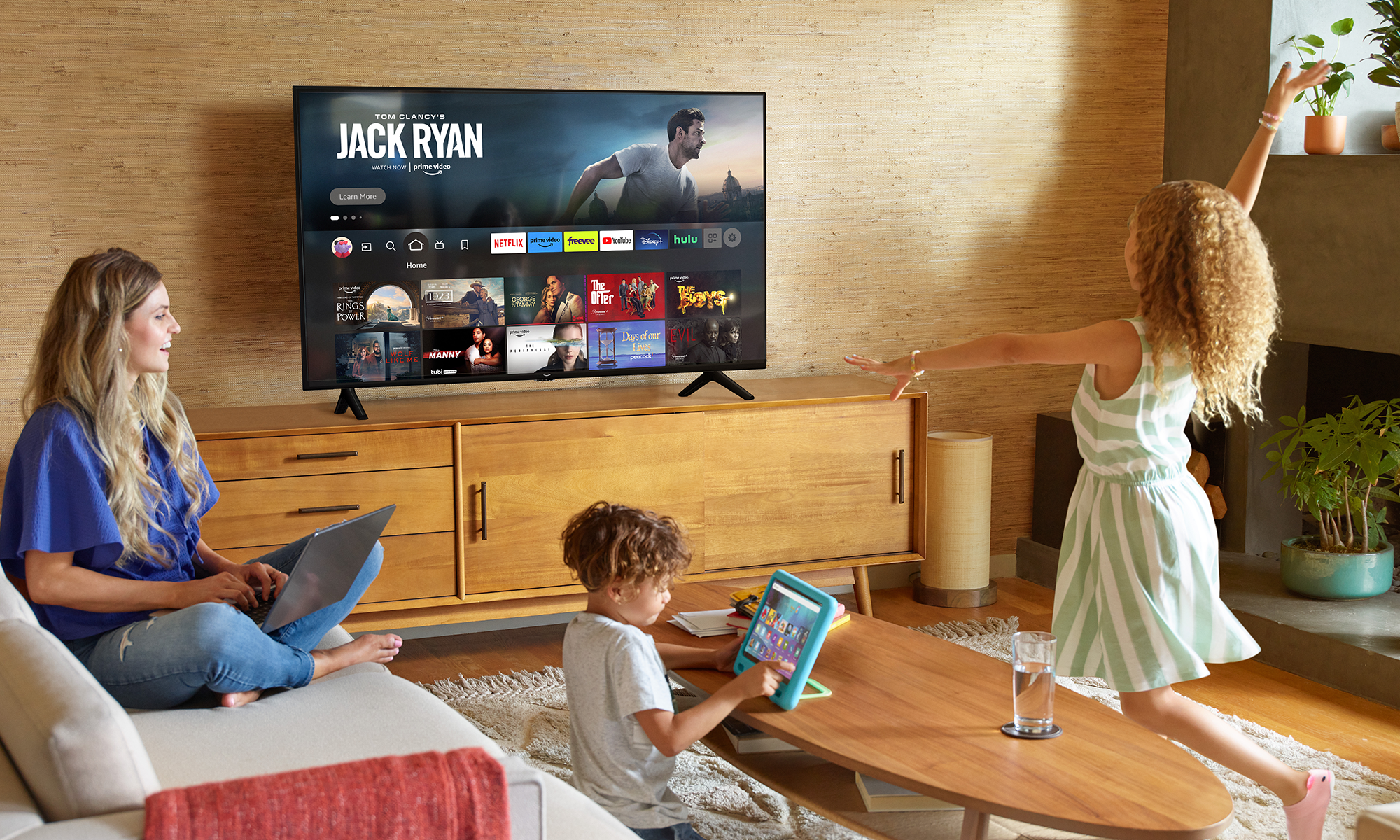Amazon.com (AMZN +0.27%) took its latest step to reinventing the future last week with a demonstration of how its drones would deliver products.
In the above video narrated by former Top Gear host Jeremy Clarkson that the company released last Monday , we learn that the new drones have a delivery range of 15 miles, rise to an altitude of 400 feet, and can detect obstacles in the air and ground. We watch as the drone delivers the product by landing on the customer's front lawn, releasing the package, and flying away. Clarkson also notes that the packages are delivered in 30 minutes or less, and says the story is taking place in the "not-too-distant future." Still, the company is clear that the flight of the drone is real, not simulated.
There are plenty of obstacles remaining before drone delivery, which Amazon calls Prime Air, is actually available. The Federal Aviation Administration has not yet granted approval for such an application of drones, and most commercial uses of the vehicle are banned until the agency finalizes its drone policy, which is expected to take place in the next six months. As written now, the laws would allow such a delivery drone to fly only with human supervision.
Amazon has no timeline for the drones' commercial launch and some critics have called the video more of a marketing stunt than anything else, but it's clear the technology is there. Amazon is spending millions of dollars on lobbying, and is investing in the Prime Air program in order to make it a reality.
The drone race is on
Adding credence to the future of delivery drones was Wal-Mart Stores' (WMT 1.42%) recent announcement that it too would like the automated flying machines to ship products. In October, the world's largest retailer filed with the FAA for permission to test flying drones outdoors after months of testing it indoors. Wal-Mart similarly hopes to one day use the machines to deliver orders as a spokesman pointed out that 70% of the U.S. population lives within five miles of a Wal-Mart store, right within the range needed for effective drone delivery.
Alphabet Inc. (GOOG +2.50%) (GOOGL +2.37%) is also working on drone delivery as its Google Express division has partnered with a number of retailers to provide speedy delivery in cities.
If drone delivery goes mainstream, it will carry consequences not just for the retailers involved but for the entire transportation sector. Package delivery companies have gotten a boon from the rise in e-commerce, but that could be undone by the proliferation of drone delivery. Package delivery companies have struggled to handle the onslaught of orders during the holiday season and two years ago a debacle forced Amazon to give credits to a number of unhappy customers and got a lump of coal for Christmas.
Shipping expenses are also taking a proportionally larger portion of Amazon's revenue, growing to $8.7 billion last year, or 9.8% of revenue. Delivering items by drone would not only delight customers, but could help the company save on expensive shipping costs.
More recently, Amazon took a different step to work around the major shipping companies, announcing that it will roll out a fleet of thousands of branded trailers to be attached to trucks. Instead of delivery, the trucks will be used to ship packages in between fulfillment centers, and Amazon will continue to rely on its shipping partners to drive them from point to point.
The trailer system and the drones are just two of the many experiments Amazon is carrying out to make delivery faster and more convenient. With every step it takes in that direction, Amazon strengthens its grip on the retail industry and burnishes its economic moat. Unlocking drone delivery could accelerate Amazon's growth like nothing before it.









